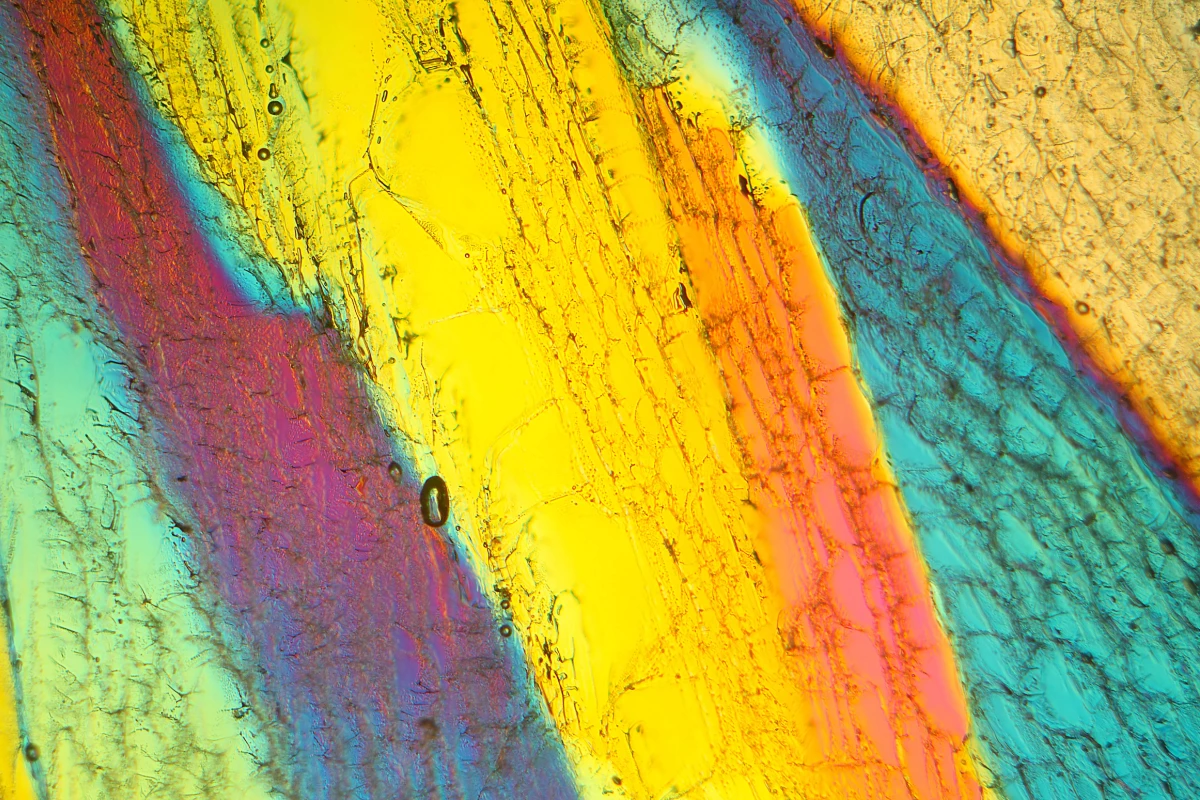Researchers at the Korea Research Institute of Standards and Science (KRISS) have discovered a previously unknown form of ice, designated as ice XXI, which forms under specific conditions at room temperature. This groundbreaking discovery adds to the list of over 20 known ice types, showcasing the complex nature of water beyond its typical frozen state.
Ice is often perceived as a simple substance, but its structure is far more intricate than most people realize. Water, composed of just two atoms—hydrogen and oxygen—can crystallize into various forms, each with distinct atomic arrangements. Some types of ice are familiar, like the ones commonly found in freezers, while others exist only under extreme conditions found in the depths of the Earth or on distant celestial bodies.
Geun Woo Lee, a scientist at KRISS, explained that ice XXI is unique due to its metastable nature, allowing it to persist in an unstable state under room temperature conditions. The research team employed advanced techniques, including diamond anvils and X-ray lasers, to investigate how super-compressed water behaves. They observed that instead of freezing in a single, straightforward step, water underwent multiple freeze-melt cycles within the pressure range typically associated with ice VI.
Innovative Techniques Reveal Ice Formation
The team created high-pressure conditions using diamond anvil cells, a method that compresses water significantly within a narrow chamber. By utilizing a combination of high-speed cameras, laser-based sensors, and real-time monitoring tools, they meticulously tracked the transformation of water into ice. This process involved altering pressure rhythmically, capturing snapshots of the changes in structure, pressure, and volume with remarkable precision.
To pinpoint the exact moment water turns into ice XXI, the researchers used powerful X-ray beams at a synchrotron. The scattered X-ray signals were analyzed using a program called DIOPTAS, allowing the team to uncover the intricate process of crystallization. They employed two types of detectors operating at different speeds to capture the transformation dynamics, revealing the complex behavior of water molecules as they transitioned into ice.
The study found that when water is subjected to super-compression at room temperature, it does not freeze neatly. Instead, it undergoes a series of freeze-melt loops before finally stabilizing into the known form of ice VI. Notably, ice XXI appears within this pressure zone, forming at around 1.6 gigapascals and exhibiting a body-centered tetragonal crystal structure.
Implications for Understanding Ice and Extraterrestrial Environments
Ice XXI’s properties raise intriguing questions about its stability and energy levels. It possesses more energy than another form known as MS-ice VII at room temperature, making it less stable. However, this instability is limited, as only ice XXI can transition into MS-ice VII. Interestingly, when mixed with water, both substances can transform into ice VI under pressure.
The research findings suggest that water does not follow a single pathway during freezing but can take at least five distinct routes, even at room temperature. This discovery could have significant implications for our understanding of icy moons and planets, potentially revealing new insights into their compositions and behaviors.
Rachel Husband, another member of the research team, stated that the findings imply the existence of a greater number of high-temperature metastable ice phases and their associated transition pathways. This could enhance our understanding of the conditions on icy celestial bodies.
The study detailing this groundbreaking discovery is published in the journal Nature Materials, marking a significant advancement in the field of ice research. As scientists continue to explore the complexities of water and its various forms, the implications for both Earth and extraterrestrial environments remain vast and intriguing.







